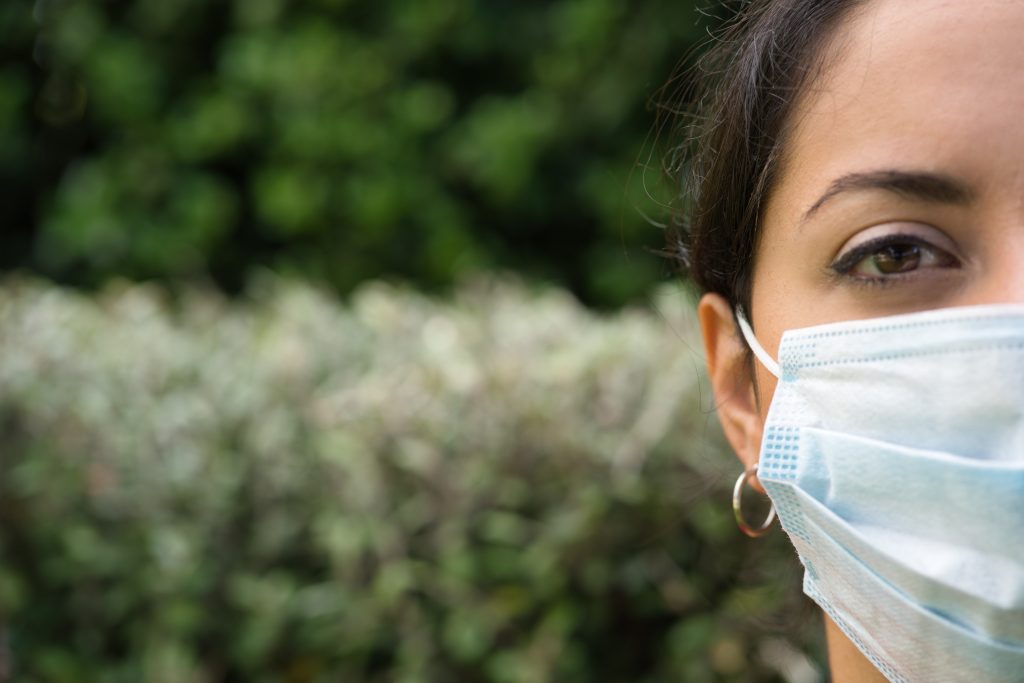
The CDC has said that Latinos are hospitalized four times more often than whites when contracting COVID-19. In an interview with NPR, OSU professor Daniel Lopez-Cevallo said, “I think it’s a mix of factors that come into play to these – show these disproportionate rates of both cases and deaths, as you mentioned. Certainly, the population as a group, Latinos are disproportionately represented in essential workforce in the U.S. and, certainly, have been – as a consequence – overexposed to the virus. But I think, too, a part of it is how very little social protections good portions and segments of our community have had, including health insurance.
Latinos have, overall, much lower rates of health insurance. As you know, for a segment of the population, undocumented immigrant population for example, there are limitations set in place in not being able to access health insurance. And so that poses, I think, a barrier. And more broadly, I think a systematic erosion of trust in federal government and other social institutions is a consequence of what we have seen – anti-immigrant, anti-Latino rhetoric over the last few years.”
In Washington State, 13% of residents are Latino, but they make up half the cases of coronavirus. The Yakima Herald reported, “Hispanic leaders raised concerns about COVID-19’s impact on their community statewide, saying improvements are needed in communication, outreach and contact tracing.”
And in New York City, people of color have been disproportionately affected by COVID-19. US News reported, “Hispanic account for 29% of the population and 34% of the city’s deaths. African Americans, while making up 22% of the city’s population, constitute 28% of deaths.”
The CDC reports that communities of color should marshal the resources of their communities to improve outcomes as the pandemic spreads. “History shows that severe illness and death rates tend to be higher for racial and ethnic minority populations during public health emergencies than for other populations,” the CDC wrote at its website. “Addressing the needs of these populations in emergencies includes improving day-to-day life and harnessing the strengths of these groups. Shared faith, family, and cultural institutions are common sources of social support. These institutions can empower and encourage individuals and communities to take action to prevent the spread of COVID-19, care for those who become sick, and help community members cope with stress.”